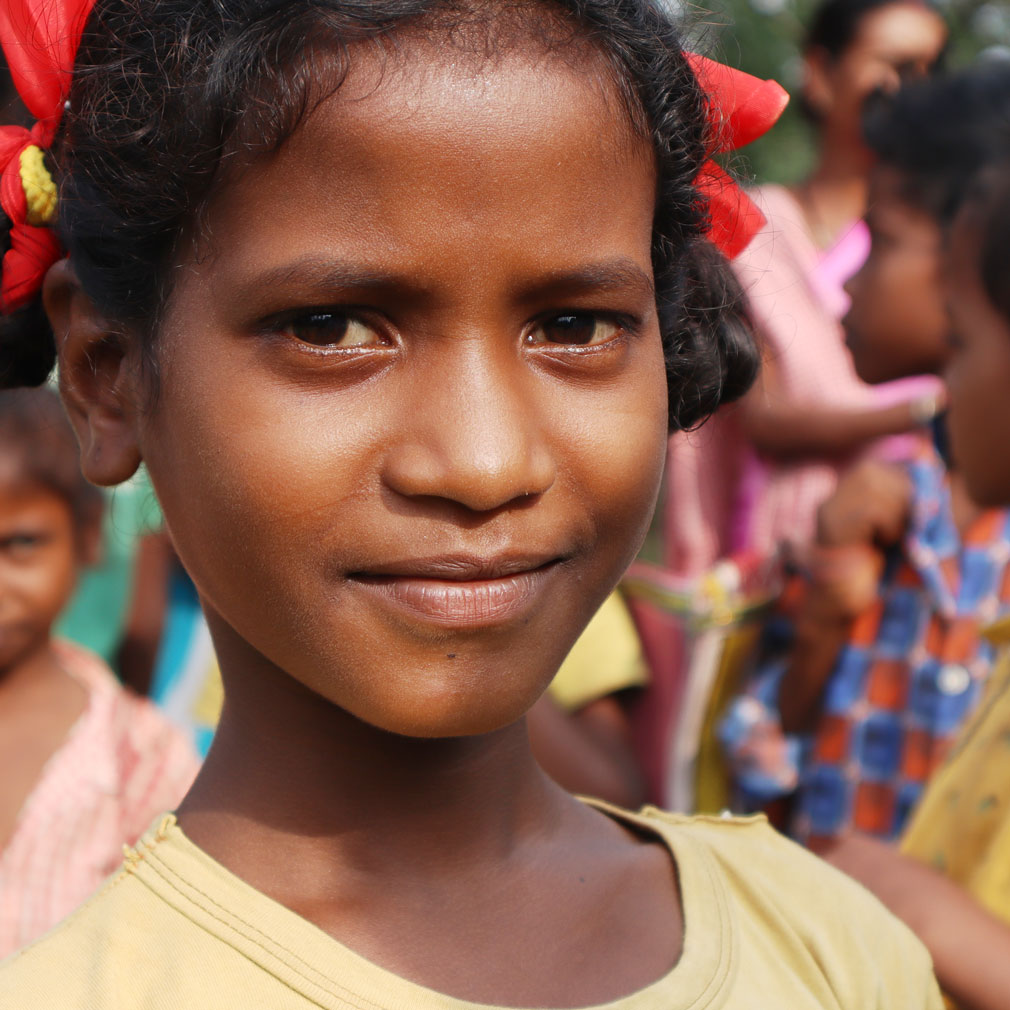In an effort to bridge the gap between home and school language in tribal areas, we collaborated with EkStep Foundation to create a bridge language inventory of local and tribal languages. The language inventory is now widely used in our program areas through the GoI’s DIKSHA app to facilitate teacher-child interaction. We have translated and developed words, poems, and stories in five languages -Hindi, English, Ho, Odia, and Santhali and are developing learning content in 5 tribal languages of Odisha and Jharkhand – Sadri, Mundari, Juang, Kharia, and Kurukh.
We have provided 900 tablets to government schools in some of the remotest areas of Odisha and Jharkhand to aid the teaching-learning process. Children are using the Diksha app on these tablets to access learning content in various languages. They also use the tabs to access information and resources on the internet.
CERC enhances the process of education and learning by bringing digital infrastructure to the remotest parts of our project area. The center is for the community, owned by the community, and equipped with computers, internet, printers, projector etc. CERC staff helps women, children, farmers, and parents access resources from the internet. Children learn how to use computers and use of softwares such as MS Office, CorelDraw, Tally etc. Farmers take the help of our staff to get information from the internet on weather-related issues, seed-related queries, buying and selling of products at market rate etc.
Our learning interventions heavily use digital tools and platforms to enhance the process of learning. During the lockdown period, only 14 percent of children in our project area had access to the internet and/or smartphones. We launched a hybrid learning program, Lockdown Learning (LL), and were able to maintain continuity of learning for 1,49,028 children in Odisha and Jharkhand.

